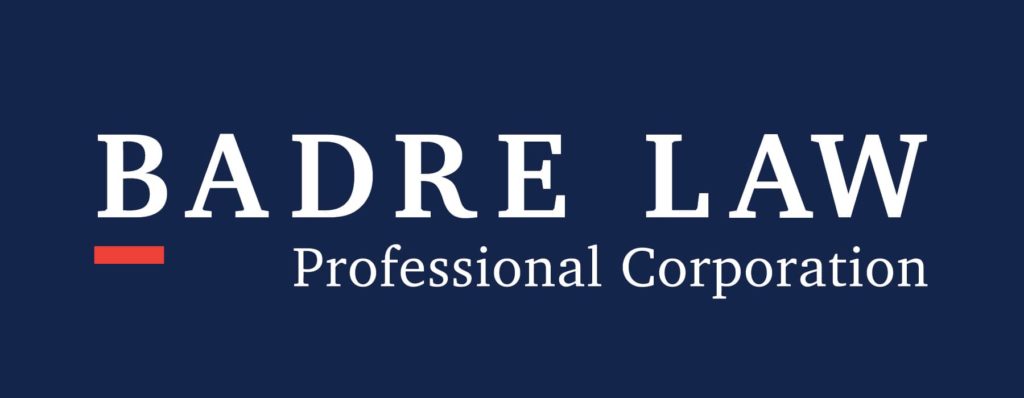The MIG is a part of the Statutory Accident Benefits Schedule (SABS) to the Insurance Act. The MIG is specifically defined in the SABS as
- sprain;
- strain
- whiplash-associated disorder (WAD)
- contusion
- abrasion
- laceration or subluxation; and
- any clinically associated sequelae.
What the guidelines provide for
The guidelines provide for treatment up to $3,500.00 automatically without the need for approval. This will allow individuals in car accidents with minor injuries to get treatment right away in hopes of making a quick recovery and moving on. If the car accident victim wants to get treatment right away then he or she will be able to do so without having to wait for the insurance company.
In practical terms, the treatment provider/physiotherapy clinic will submit an OCF-23 to the insurer for “automatic approval” for $2,200.00 and then a subsequent treatment plan for $1,300.00, which will exhaust the MIG limits of $3,500.00. The MIG focuses on a functional restoration approach, a 12-week, three-phase program.
Ensure that your injury is not wrongly categorized as MIG
It is important to remember that insurance companies will often incorrectly categorize your injuries as MIG in order to save them time and money in adjusting your file. Anything outside of the above noted injuries should remove you from the $3,500.00 MIG category and into the $65,000.00 non-MIG category. Once you are placed into the non-MIG category a number of additional services become available to you including occupational therapy services, psychological intervention, speech language pathology, etc. Many service providers will even come to your home to provide you with treatment.
If you manage to furnish enough medical information to the insurance company to remove you from the MIG, then the insurer will normally take steps to remove you from the MIG so you can receive additional medical attention. Sometimes insurance companies will maintain the position that your injuries are minor in nature when they are, in fact, not.
What happens if the insurer wrongly categorized?
In this situation you may be forced to file a claim with the License Appeal Tribunal (LAT). The LAT is the avenue that claimants can use in order to dispute Accident Benefits issues with their insurance company in front of a 3rd party. This is extremely helpful when the insurance company is taking an unreasonable position on an issue such as keeping you in the Minor Injury Guidelines.
The first step is to complete the Application by an Injured Person where you will have an opportunity to outline the issues that are in dispute. You then need to send the application form to the LAT and to the insurance company so that they are aware of the dispute. After serving the Application by an Injured Person to the insurance company you need to complete a Certificate of Service Form to show to the LAT that the insurer was served with a copy of the Application. The insurance company will complete an Application by an Insurance Company so that they can outline their position.
What happens ultimately
Ultimately both yourself and the insurance company will attend a case conference in order to resolve the issues. If the issues cannot be resolved you will need to attend a hearing (in writing or in person, depending on the issue).
For more information feel free to visit the SLASTO website: https://slasto-tsapno.gov.on.ca/lat-tamp/en/automobile-accident-benefits-service/filing-an-application/

